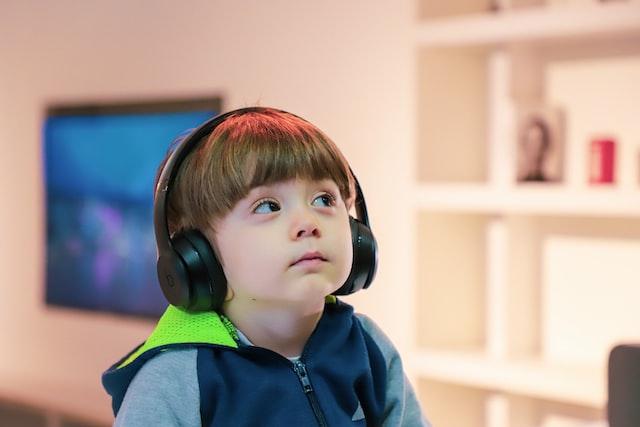 Learning and using language is one of the most amazingly unique and complex things that we do as humans. While certain intelligent animals have shown some ability to communicate using signs and symbols, including human words, these displays by chimps, gorillas, or dolphins don’t even come close to the level of speech and understanding displayed by human three year olds. We are in a league of our own when it comes to communication.
Learning and using language is one of the most amazingly unique and complex things that we do as humans. While certain intelligent animals have shown some ability to communicate using signs and symbols, including human words, these displays by chimps, gorillas, or dolphins don’t even come close to the level of speech and understanding displayed by human three year olds. We are in a league of our own when it comes to communication.
Language philosopher Noam Chomsky theorized that people were “hard-wired” to learn language. He described it as if our brains contained a type of language template that children would use to fill in the blanks with their own native tongue as they grew. Whether this is true of learning a first language or not, it is certainly true of second language learning.
Compare Ideas to Ideas
Learning a second language is initially a process of comparing what we know already to what we encounter in the new language. We connect the new words and ideas to the existing language template in our brains.
- Bonjour is the French equivalent of hello.
- Amabo te is the Latin equivalent of please.
We compare ideas to ideas. At first, it is unimportant that bonjour literally means “good day” and that amabo te literally means “I will love you.” (Pass the salt. I will love you!) At the beginning, we don’t need to be so particular. It is the thought (idea or meaning) that counts.
When you first start out with a second language, it is important to always be making these comparisons, and relating what is new to what you already know. You will find that some ideas are expressed in very similar ways, and that others are expressed in ways that are completely different!
It is always a surprise when new French students learn that I am ten years old translates as j’ai dix ans, or “I have ten years.” It sounds so unusual and backwards. In English, we use this kind of construction to talk about the future, as in “I have ten years to save for my retirement”! Always keep in mind that the idea expressed by the whole phrase is more meaningful that how it translates one word at a time.
Practice, Practice, Practice!
Just as young children learn language so well because they are always hearing it, those trying to master a new language will make much faster progress if they can be exposed to as much listening and speaking as possible. The more you can hear and understand, the more connections you can make with your existing language.
The real breakthrough happens when you have made enough of these connections that you no longer have any need to consciously make them. At first your brain has to translate from the new language to your first language in order for understanding to occur. After you have made enough of these connections, it is as if your brain skips the translation and moves directly to understanding. This is the eureka moment that every second language student aims for, when you start to think in a new language!
Learning a new language means understanding that ideas are not necessarily expressed in the same way from one language to another. Learning a new language involves time and commitment, but it is well worth the effort. When you understand that languages can be very different, you can appreciate how remarkable it really is that language can bring us together in mutual understanding.
 Thanks for visiting! I'm here to help you in your homeschool adventure. Please note that my shopping cart uses cookies to process your orders.
Thanks for visiting! I'm here to help you in your homeschool adventure. Please note that my shopping cart uses cookies to process your orders. 